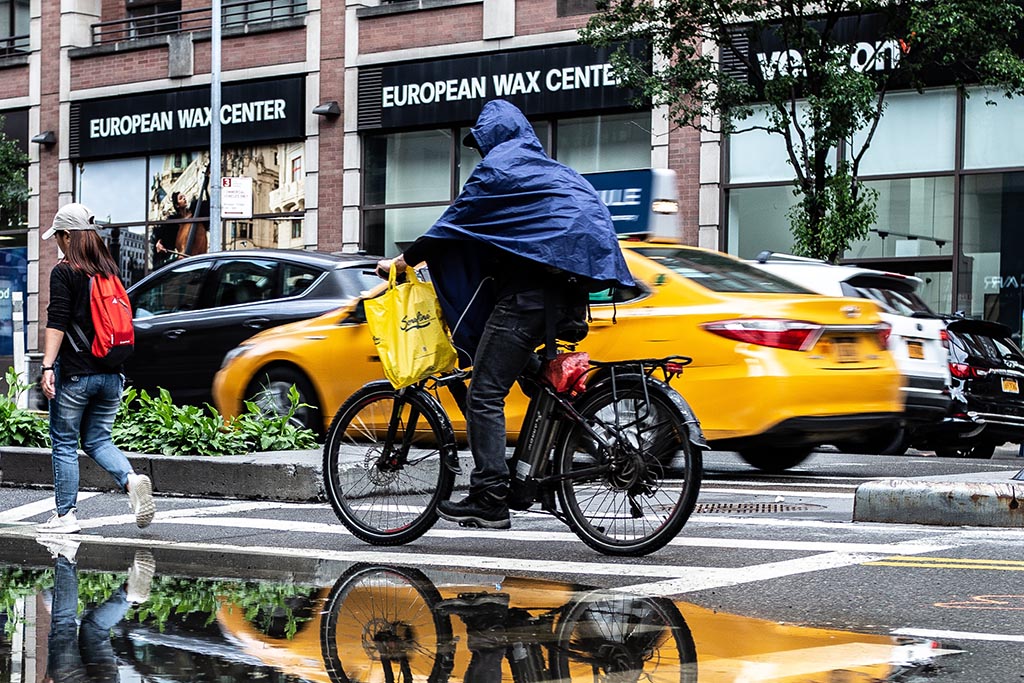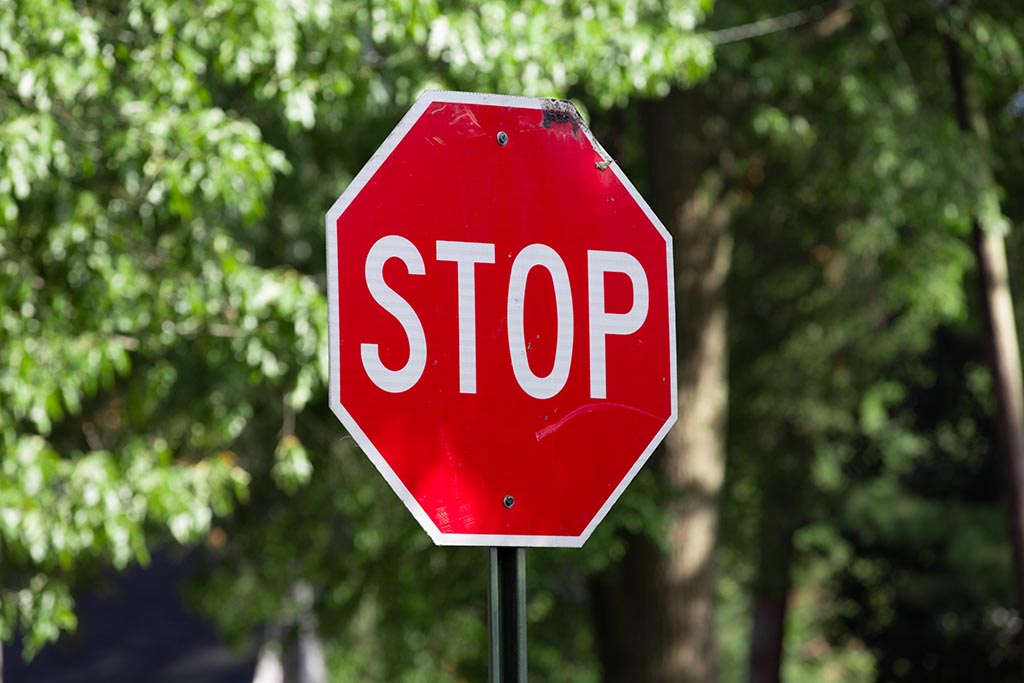As the California Bicycle Coalition works hard to establish a statewide rebate program for commuters, others are fighting to get more bike lanes in place. Over the years, both efforts have been stymied due to a variety of reasons. However, people concerned for bicycle safety are starting to feel hopeful. Signs of headway being made on both fronts are behind their new-found elation. But will all of the recent movement turn out to be enough?
Sadly, we think not. Having more dedicated lanes will certainly help matters as will financial incentives for people to buy new bikes. Unfortunately, those efforts won’t stop shoddy manufacturing practices and poor driving. For example, many lobbyists would like to see environmentally safe lanes being used by eco-friendly, e-bikes. That’s great but what about e-bike and cycling helmet recalls?
They are still occurring. As far as e-bikes are concerned, there have been notable problems with batteries. In some cases, the batteries posed fire or acid burn risks. In additional cases, e-bikes were found to have different problems, like defective forks and seats. Plus, other types of bicycles and biking accessories are being recalled too. Some of the most recent recalls were for a series of standard bikes with defective frames, wheels and quick releases.
Although different, all of the bicycle recalls had the potential to send cyclists in to the path of oncoming traffic. So for riders using those defective products, any protection afforded by the designated bike lanes could be lost. The same could be said for riders who are struck by inexperienced or distracted motorists.
And we haven’t talked yet about accidents that occur in areas where there are no bicycle lanes or poorly maintained ones. They are issues that need to be looked at seriously by bicycle safety experts too. To learn more about what’s going on with bicycle safety related legislation and how lawyers may help injured riders, please contact us today.



